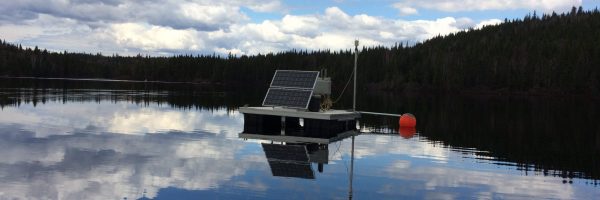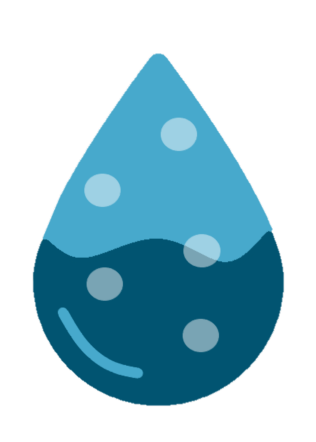Projects
Gas exchange mechanisms across the air-water interface
Gas exchange mechanisms across the air-water interface

Diffusive gas exchange, one of the main pathways for gas transport across the air-water interface, occurs in all aquatic systems from small streams to the pelagic ocean. A detailed knowledge of gas exchange processes is therefore necessary for properly assessing the fluxes of dominant greenhouse gases (e.g. CO2 and CH4) and important biogenic gases (e.g. O2) between aquatic ecosystems and the atmosphere. The overall aim of this project is to obtain a better physical understanding in air-water gas exchange process and thereby provide the magnitude of gas fluxes. The first objective is to quantify the actual contribution of chemical enhancement to the air-water CO2 fluxes by comparing gas exchange velocities derived from CO2, subject to chemical enhancement, and CH4, not subject to chemical enhancement. We recently conducted a field study (Kim and Prairie, in prep.) and found that chemical enhancement is much weaker and less prevalent than the theoretical model of Hoover and Berkshire (1969), which is widely used to calculate chemical enhancement rates, would predict. The second objective is therefore to test the assumptions of the Hoover and Berkshire model by visualizing simultaneously the spatial distributions of pH and CO2 at a fine scale on the water side of the air-water interface.
